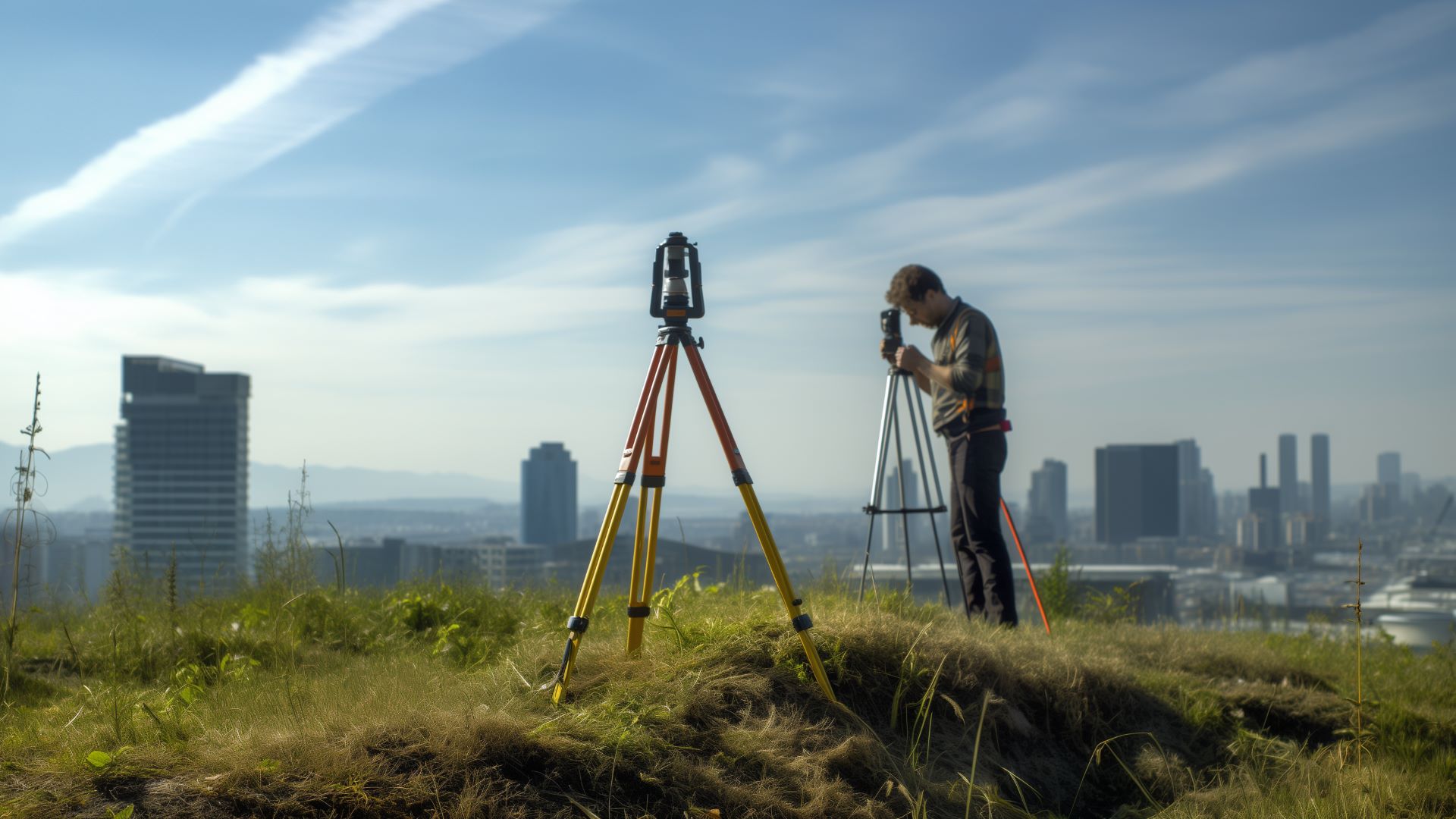
What Is the Engineering Design Process in STEM?
February 14, 2023 - Ellie Gabel
Revolutionized is reader-supported. When you buy through links on our site, we may earn an affiliate commision. Learn more here.
Educators tasked with teaching STEM to young students might be wondering how to explain the engineering design process. From conception to development, designing a new product involves more than just building something from scratch — there are several steps that students must take along the way. Here’s how it works.
1. Define the Problem
What are the students trying to solve? Is it a global problem or something more local? Young engineers should think about the issue from multiple perspectives. They can talk to people from various backgrounds to hear different points of view.
How would solving this problem improve people’s lives? Who are they designing this product for? They should have a target audience in mind.
For example, Doctor Bernard Fantus saw that many people were in need of blood transfusions during World War II. He realized that by storing blood in the same way that hospitals stored medicine, doctors could quickly and easily give people transfusions, which could save countless lives. To solve this problem, he invented the blood bank in 1937.
2. Identify Constraints and Resources
How can students invent this new product? Is there anything working for or against them?
One inspiring story that illustrates the concept of constraints and resources is that of inventor Doctor Patricia Bath. Growing up in Harlem, New York, money was tight for Patricia. However, her parents worked hard to instill in her the values of self-reliance and a lifelong desire to learn.
Her mother scrubbed floors so Patricia could go to medical school. Patricia would go on to become a surgeon and invent a type of laser eye surgery that cures blindness caused by cataracts.
Students can read stories like this to identify their own constraints and resources when brainstorming ideas for a new product.
3. Do Research
The next step is to come up with a list of questions and start answering them. Do any other inventions already exist to solve this problem? Which ones work well, and which ones don’t?
Students can use books, the Internet and people to do research on how long this problem has been around, who it affects and what special considerations need to be made to solve it.
Before inventing the lightning rod, Benjamin Franklin did numerous experiments to research electricity. He didn’t have any previous data to rely on because nobody knew that lightning was electrical in nature.
He gathered enough information from his experiments that he was able to come up with a concept for a metal rod, which could be used to prevent buildings from catching fire during a storm.
Thankfully, modern students are fortunate to have access to a wealth of knowledge to draw from. Once they’ve compiled enough research, they can move on to the next step.
4. Develop a Solution
What will solve the problem? In this phase, STEM students should be encouraged to think of as many answers as possible. Creativity is key. Students will come up with several ideas that ultimately won’t work, but by brainstorming dozens of ideas, they can narrow down a solution.
At first, there might be many solutions that will appear to work. Eventually, however, they can focus on one of them to continue to the next step.
5. Create a Design
The next step of the STEM engineering process is to design the product. Students can draw it, make a 3D model of it by hand or on the computer, make diagrams and create animations to show how it will work. They can list the materials they’ll need to bring the design to life.
This stage answers questions involving what the product will look like, if it has multiple parts, how the parts will work together and how big it will be. Students can design the product so that it’s ergonomic or inexpensive to build, or so that it fits inside a currently existing machine, for example.
6. Build a Prototype
A simple model that lets engineers test their design, the prototype might not be made of the same materials or even be the same size as the real thing. However, it can give people an idea of how well the product is going to work. It should be cheap to produce.
When Lonnie Johnson was working on a heat pump at NASA’s Jet Propulsion Laboratory, he took it home to keep tinkering with it. After hooking it up to the bathroom sink, he accidentally shot a stream of water across the room. This would become the prototype for the first toy water gun.
Although most students will create their prototypes deliberately, educators should encourage them to think outside the box. Accidents, after all, have led to some of the greatest inventions.
7. Test the Design
Next, students will enter the testing phase. Does the product work? It probably won’t do what students want it to on the first try, or even the second. Many engineers spend considerable time in this phase of the engineering design process, tweaking the product and testing it repeatedly.
What worked well? What didn’t? How could students improve the design even more?
Right away, problems with the design usually become apparent. New problems that students hadn’t even considered might crop up and prompt a search for solutions. Educators should encourage students to stay in the testing stage for quite some time, creating several iterations of their product.
Ralph Baer, for example, stayed in the testing stage for years to invent the first video game console. He created one prototype after another, going back to the drawing board several times and getting his product closer and closer to what he had in mind: a console that would give users an interactive TV experience.
The final prototype, called the Brown Box, became the Magnavox Odyssey game console in 1972.
8. Record and Present the Results
Finally, engineer STEM students should record the results of their projects. Did the product solve the original problem? They can demonstrate their results via a display board, presentation, a written report or a combination of methods. It’s important for students to document their results thoroughly so people can potentially manufacture their product in the future.
Bringing the STEM Design Process All Together
For engineering students, learning the STEM design process is an important part of designing products. Just as scientists follow the scientific method to make discoveries, engineers follow steps in a certain order to create solutions. Educators should brief students on this method before allowing them to start a design project.
Revolutionized is reader-supported. When you buy through links on our site, we may earn an affiliate commision. Learn more here.
Author
Ellie Gabel
Ellie Gabel is a science writer specializing in astronomy and environmental science and is the Associate Editor of Revolutionized. Ellie's love of science stems from reading Richard Dawkins books and her favorite science magazines as a child, where she fell in love with the experiments included in each edition.




